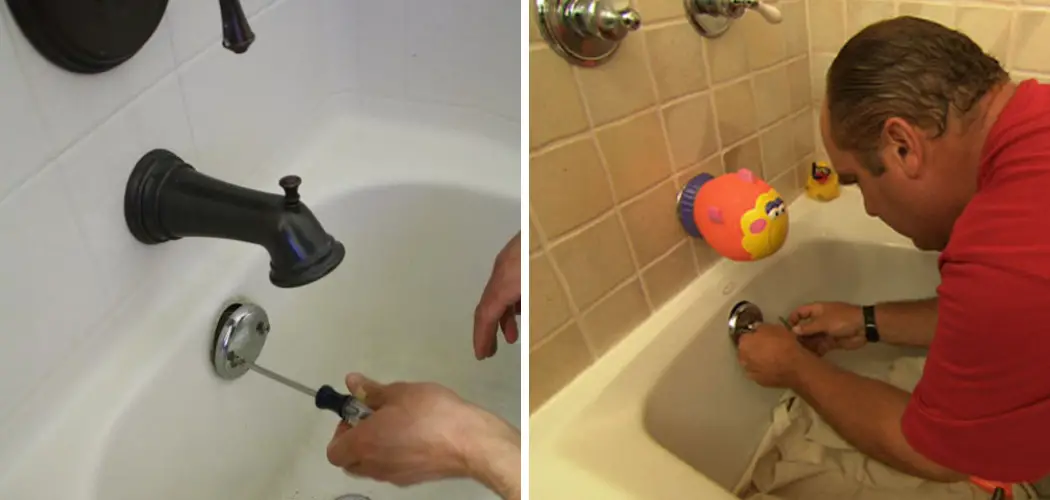Are you having trouble with a slow tub drain? It’s an inconvenience that can bring frustration and disruption to your daily routine but never fear. In this blog post, we will go over some simple tips and tricks on how to fix a slow tub drain. We have all faced it—spending too much time waiting for water to circulate down our drains or struggling to keep up with regular maintenance tasks due to backed-up water.
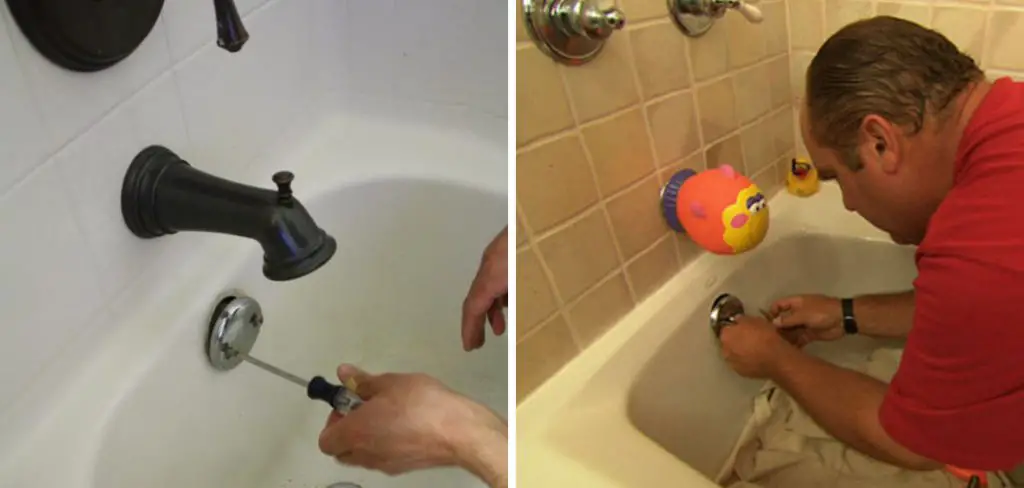
But by understanding the cause of the slowdown and knowing what problems may be present, you’ll be able to address this malfunctioning fixture quickly. Read on for everything you need to know about fixing a slow tub drain!
What Dissolves Hair in the Drain?
The most common culprit of a slow tub drain is a buildup of hair, soap scum, and other debris. Hair clogs can be particularly stubborn and cause a significant clog. The first step in resolving this problem is to dissolve the hair in the drain.
To do this, you’ll need something called a “drain-cleaning agent.” This can be found in most hardware stores or online. Additionally, you can make a homemade solution of baking soda, vinegar, and boiling water to dissolve the hair.
10 Methods How to Fix a Slow Tub Drain
1. Remove the Stopper
The first step in fixing a slow tub drain is to remove the stopper. The stopper is typically located at the center of the drain and can be removed by unscrewing it or simply pulling it up. If you have difficulty removing it, you may need to use a pair of pliers or other tools. Once the stopper is removed, check for any blockages, such as hair or soap scum, that may be clogging the drain.
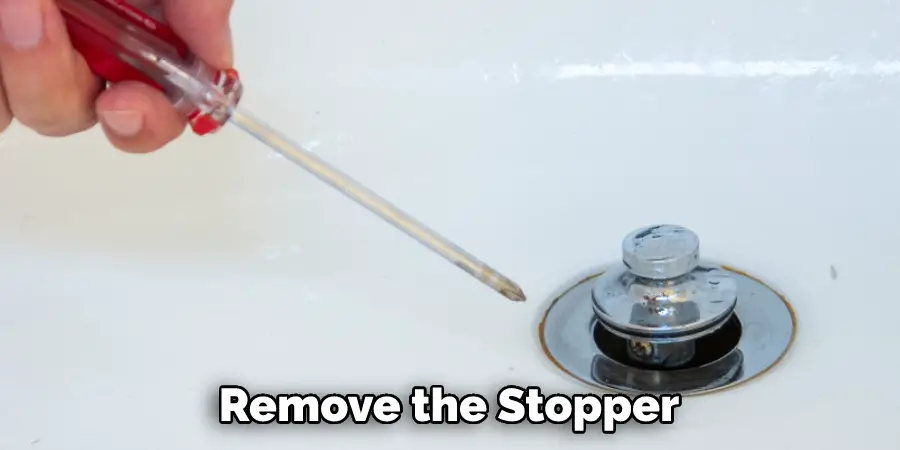
2. Clean Out the Stopper
Once the stopper has been removed, you will need to clean it out. Use a small brush or toothpick to remove any hair or debris that may be clogging the drain. If you are dealing with hard water deposits, use a mild vinegar solution to dissolve them. Once the stopper is clear and free of obstructions, you can put it back in the drain. However, if the stopper appears to be damaged, it may need to be replaced.
3. Clean the Drain Pipe
After you have cleaned out the stopper, you will need to clean the drain pipe. The best way to do this is to use a plunger to force water through the pipe and loosen any clogs that may be present. If the plunger does not work, you can use a drain snake to help remove any clogs. Once the clog is removed, pour some boiling water down the drain to help flush out any remaining debris. Finally, use a towel or rag to wipe away any excess water that may remain in the drain. This will help prevent further buildup and ensure a smoother flow of water in the future.
4. Remove the P-Trap
If your slow tub drain is still not draining properly, you may need to remove the P-trap. The P-trap is located under the sink and can be removed by unscrewing it from the drain pipe. Be sure to have a bucket ready to collect any water or debris that may be in the P-trap.
Once you have removed the P-trap, inspect it for any clogs or obstructions. If you see any, use a wire hanger to try and remove them. Once the P-trap is free of obstructions, reattach it to the drain pipe and run some water through the tub to make sure that it drains properly. If not, you may need to contact a plumber for further assistance.
5. Clean Out the P-Trap
Once you have removed the P-trap, you will need to clean it out. Use a small brush or toothpick to remove any hair or debris that may be clogging the drain. If necessary, use a pipe cleaner to clear away any difficult-to-reach debris. Once the P-trap has been thoroughly cleaned, replace it and tighten the connections with a wrench or pliers.
Make sure that everything is firmly secured before you turn on the water again. However, if you are still experiencing a clog, it may be time to call in a professional.
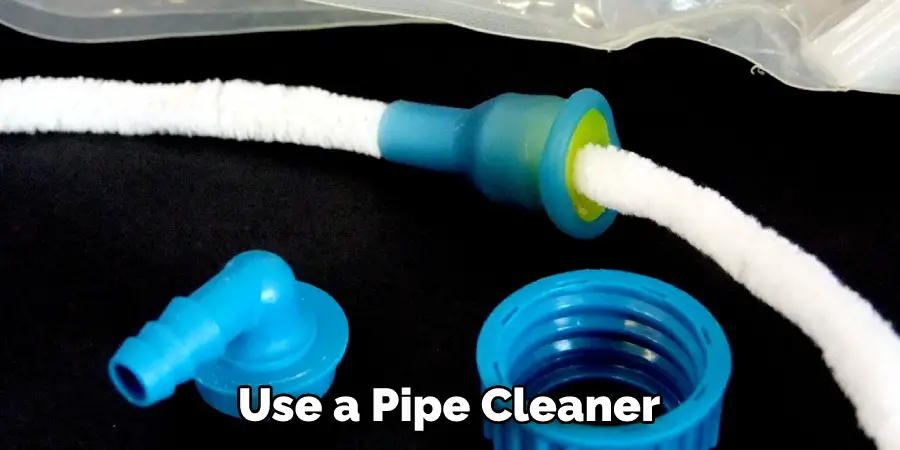
6. Run Hot Water Through the Drain Pipe
After you have cleaned out both the stopper and P-trap, you should run hot water through the drain pipe to flush out any remaining debris. This will also help to clear any clogs that have been caused by buildup. Make sure to run hot water for at least 30 seconds before turning off the faucet.
Additionally, if the water is still draining slowly, you can use a plunger to help force out any clogs that may remain. Just make sure to use a plunger that is specifically made for sinks, as regular plungers can damage the pipes. After you have finished, check to see if the water is draining quickly and properly.
7. Use Vinegar and Baking Soda
If your slow tub drain is still not draining properly, you can try using a mixture of vinegar and baking soda. Simply pour ½ cup of baking soda down the drain, followed by ½ cup of vinegar.
Allow the mixture to sit for 15 minutes before flushing with hot water. This simple method can help dissolve any built-up gunk or debris in your pipes that is causing the clog. Though this method is not as effective as more drastic solutions, it is usually enough for a slow-draining tub.
8. Use a Plunger
If none of these methods seem to be working, you can try using a plunger on your slow tub drain. Simply place the plunger over the drain and pump up and down vigorously until the clog has been dislodged. Be sure to use enough force to really dislodge the clog, but don’t press too hard as you can damage the drain or create a bigger clog.
Once you’ve dislodged the clog, turn on the water to make sure it’s fully cleared. You may need to do this a few times in order to fully clear your slow tub drain. If the clog is still persistent after multiple attempts, you may need to call a professional plumber.
9. Use a Drain Snake
If all else fails, you can try using a drain snake on your slow tub drain. A drain snake is a long, flexible piece of metal that can be inserted into the drain pipe to break up clogs that are too difficult to remove with other methods. To use a drain snake, insert the end of the snake into the drain and turn it clockwise until you feel resistance.
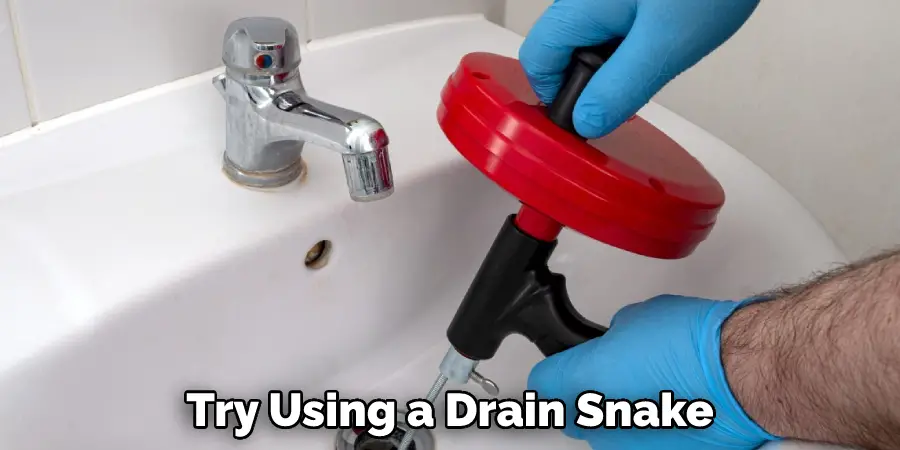
Push the snake further into the drain until you feel resistance again, and turn it counterclockwise. Continue turning the snake, then pulling it out to break up any clogs. When you’re finished using the snake, flush the drain with hot water to ensure any remaining clogged pieces are removed.
If your slow tub drain is still not draining properly after using a drain snake, you may have a larger issue and should consider calling a professional plumber.
10. Call a Plumber
If you are still having trouble with your slow tub drain, it may be time to call in the professionals. A plumber can assess the issue and help determine the best course of action for fixing it. They may even be able to provide solutions that would not be available to you on your own. A plumber can also help prevent future problems, as they can check for other issues that may be causing the slow drainage. So if you are not able to fix your tub drain on your own, it’s best to call in a professional.
Following these steps will help you fix a slow tub drain and get your bathroom back in working order! In addition, regular maintenance is key to keeping your drains running smoothly. To prevent future clogs, make sure you routinely clean out any hair or debris that may accumulate in the stopper and P-trap, so they don’t cause further issues down the line.
Things to Consider When Fixing a Slow Tub Drain
1. Determine the Cause of the Clog:
Clogs can be caused by a variety of things, including hair, soap scum, and other debris. To determine the cause of your clog, use a plunger or drain snake to try and clear the clog yourself. If that doesn’t work, you may need to call a professional plumber.
2. Use Natural Cleaners:
If the clog is caused by soap scum or other debris, natural cleaners can be used to clear it out. You can either use commercial products such as baking soda and vinegar or make your own cleaner from household ingredients like lemon juice and salt.
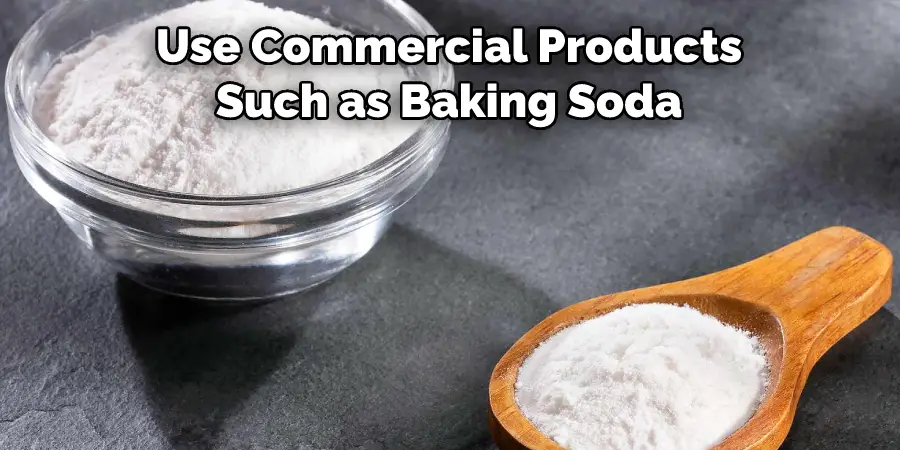
3. Try Professional Drain Cleaners:
If natural cleaners don’t do the trick, you can try using professional drain cleaners to break up tougher clogs. Be sure to follow all manufacturer instructions when using these products, as they often contain caustic chemicals that can damage pipes if not used properly.
Conclusion
So there you have it, a few quick and easy tips on how to fix a slow tub drain. A slow tub drain can be a pain, but luckily there are a few things you can do to fix it. Try running hot water down the drain for a few minutes, then use a plunger or snake to clear any clogs. You may also need to clean out your P-trap if it’s full of gunk. With these tips, you should be able to get your tub drains flowing freely in no time!

